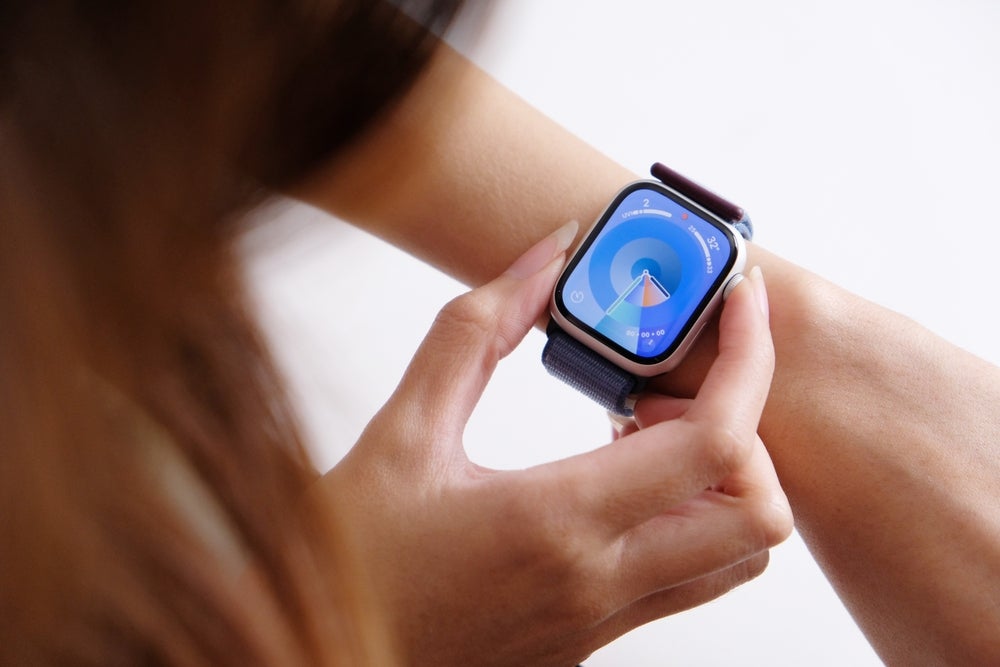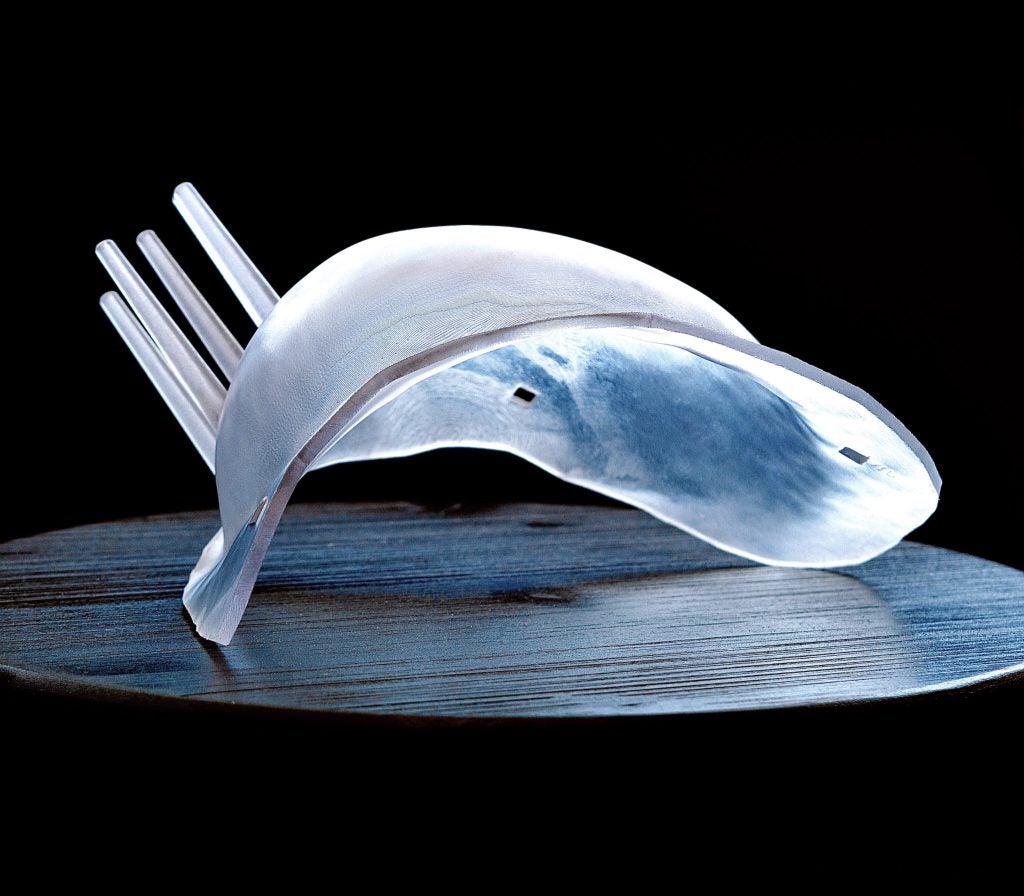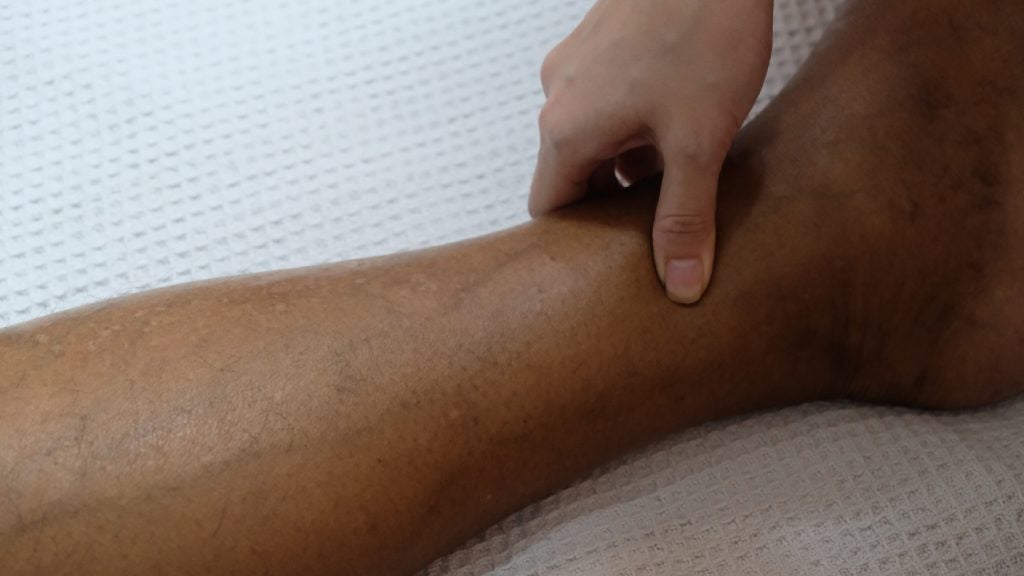September 2024 sees the release of the Apple Watch Series 10, or Apple Watch X. Rumours have indicated that the new watch will include features such as monitoring and alerting for signs of sleep apnea, and questions have arisen about whether the new smartwatch will start to take shares from the sleep apnea diagnostic systems market.
According to GlobalData analysis, the sleep apnea diagnostic systems market was valued at $905 million in 2023 and is projected to reach sales of $1.3 billion by 2033, at a compound annual growth rate of 3.8%. Many smartwatches have already been designed to track sleep patterns and vital signs. However, they cannot replace an actual sleep study that includes either a polysomnogram or home sleep apnea test (HSAT).
The FDA-approved HSAT reports some of the same types of information that newer smartwatches can monitor. While a smartwatch is not as accurate as gold standard approaches that measure brainwaves, it can still be used by clinicians to monitor obstructive sleep apnea (OSA) in patients for extended periods without the need for many cables and sensors. Advanced smartwatches could use deep learning models to identify respiratory events in patients, notifying the user about signs of sleep apnea, particularly OSA.
Smartwatches will aid early detection of the condition
Samsung Electronics has introduced a novel sleep apnea feature on the Samsung Health Monitor app, authorised by the FDA. This feature allows users ages older than 22 to detect signs of moderate to severe OSA using a compatible Samsung Galaxy watch and phone. It is the first of its kind to receive FDA authorisation and is expected to aid in the early detection of OSA, prompting users to seek medical care to prevent health-related complications. The majority of individuals with sleep apnea remain undiagnosed, indicating a need for increased awareness and accessibility to diagnostic tools. With more smartwatch brands receiving regulatory clearance, more people will choose the convenient approach before they visit the sleep clinics for the final diagnosis.
The market of smartwatches with sleep apnea detection is driven by a combination of convenience, accuracy, and FDA authorisation, with a focus on addressing undiagnosed cases and improving existing technologies to meet evolving patient needs. The integration of artificial intelligence and the emphasis on home monitoring reflect key trends shaping the future of sleep apnea diagnosis and management.
















